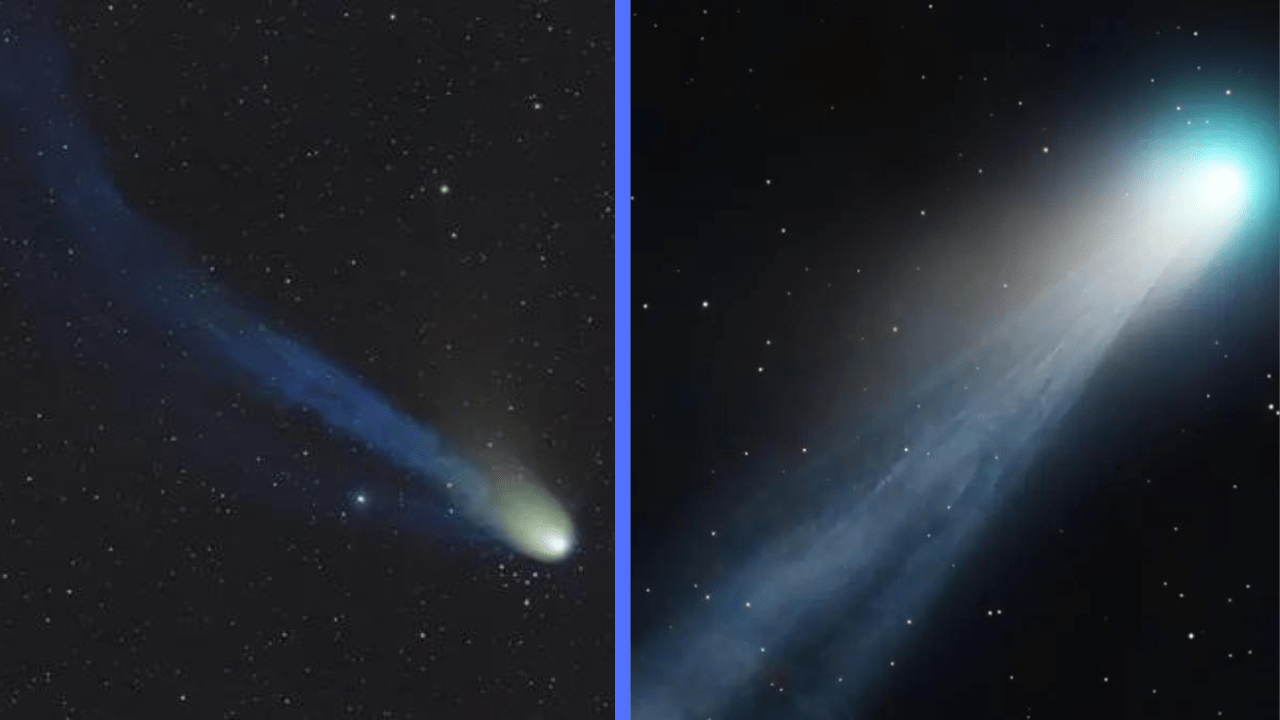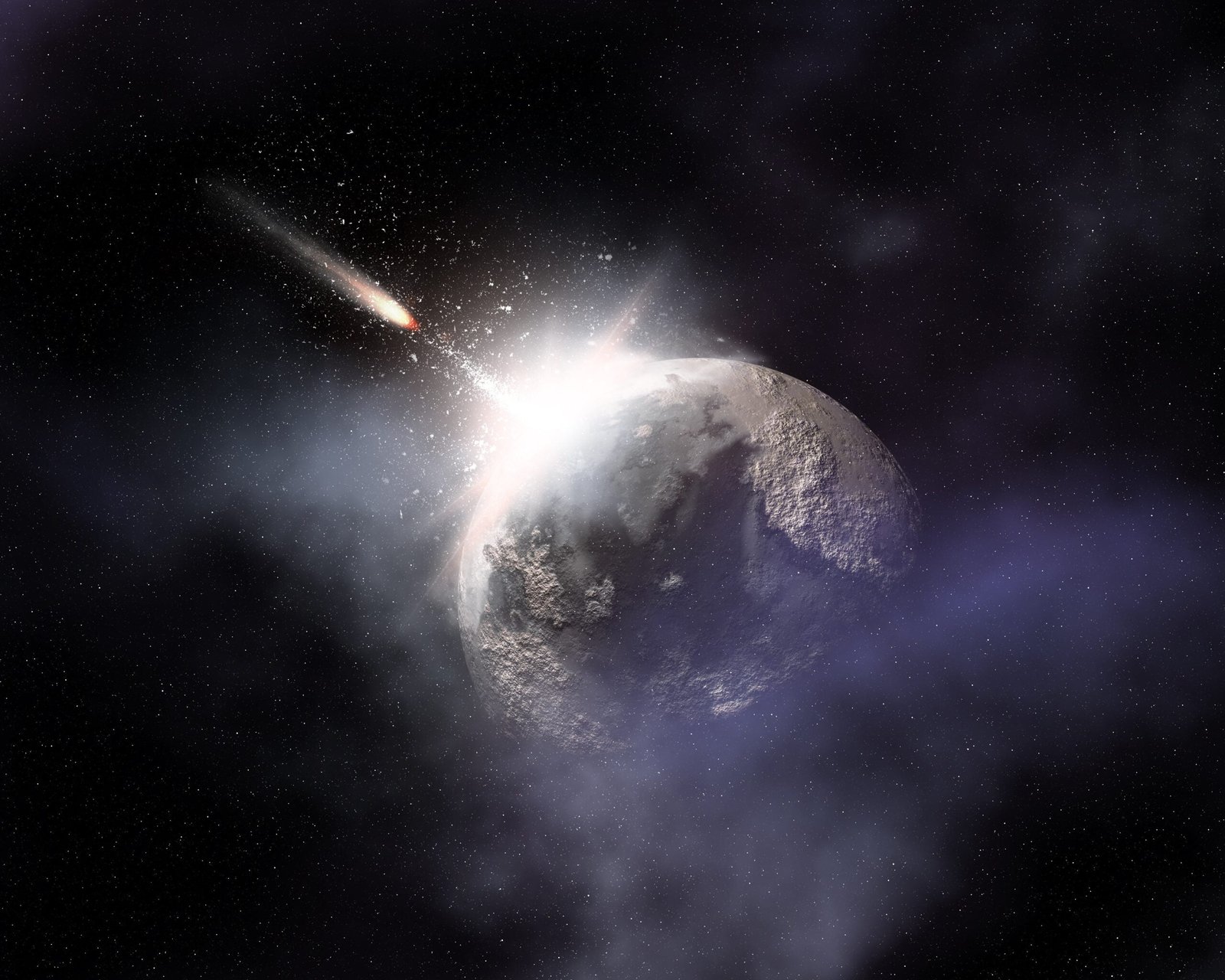12P/Pons-Brooks, aka ‘Devil Comet’ Graces Earth’s Vicinity Closest in 71 Years, Offering Spectacular Celestial Show!

Get ready to witness a cosmic spectacle as the periodic comet, fondly known as ’12P/Pons-Brooks’, makes its much-awaited rendezvous with Earth after a staggering 71-year hiatus. Aptly dubbed the ‘Devil Comet’ for its mysterious allure, this celestial traveler has been captivating the imagination of astronomers and skygazers worldwide since its celestial journey began in early March.
Renowned scientist and Founder-Secretary of the Amateur Astronomers Association (Mumbai), Bharat Adur, shares insights into the comet’s upcoming ‘perihelion passage’, marking its closest approach to the sun. As it basks in the sun’s radiant glow, the comet will illuminate the heavens, casting a mesmerizing glow across the cosmos.
Thanks to the keen eye of amateur astronomer Ashish Shinojha, who embarked on an adventure to the rugged terrains of Gujarat’s Kachchh district, we are treated to an exclusive glimpse of this celestial wanderer in all its glory.
But what sets the 12P/Pons-Brooks comet apart is its colossal size, dwarfing even the mighty Mt. Everest. Scientific experts estimate its icy nucleus to be a staggering 30 kilometers in diameter, hurtling through space at breakneck speeds of 26,000 km/hour.
However, this intergalactic traveler is not just a passive observer of the cosmos; it’s a dynamic entity, known for its explosive outbursts that unleash a spectacular meteoric shower. Aptly earning its moniker, the ‘Devil Comet’, its irregular shape resembles the horns of a devil, adding to its enigmatic charm.
In December 2023, the comet made headlines with a series of violent explosions, showering the distant cosmos with its icy payload. Now, as it graces our skies once again, astronomers urge enthusiasts, especially the youth, to turn their gaze towards the western horizon in the Aries Constellation after sunset, for a chance to witness this celestial marvel.
‘Devil Comet’ 12P/Pons-Brooks Makes Closest Approach to Earth in 71 Years, Igniting Rare Celestial Phenomenon
How and when to watch Comet Pons-Brooks?
While the comet Pons-Brooks may not dazzle the naked eye, it presents a charming spectacle for those armed with binoculars. And the best part? You don’t have to wait until the witching hours to catch a glimpse – it’s visible immediately after sunset, adding a celestial flourish to your evening vista.

Tracking down this elusive comet requires a keen eye and a bit of patience. As it reaches its perihelion this weekend – its closest approach to the sun – it will glow with its maximum brightness, a fleeting moment of celestial brilliance. But don’t dally too long, for its trajectory will soon lead it to its closest pass to Earth on June 2.
As the comet gracefully descends towards the western horizon in the post-sunset sky, time is of the essence. So, arm yourself with a pair of trusty binoculars, a clear sky, and a vantage point with an unobstructed view to the west.
Venture outdoors approximately 30 minutes after sunset and seek out the beacon of Jupiter, shining brightly against the canvas of twilight. Once the giant planet graces the sky with its luminous presence, it’s your cue to begin the hunt for the comet. Keep an eye out for the unmistakable V-shaped constellation of Taurus, serving as your celestial guidepost, pointing the way to the comet’s approximate location.
With these celestial signposts to guide you, embark on a celestial treasure hunt, as you train your binoculars on the western horizon and seek out the ethereal beauty of comet Pons-Brooks. It may be a fleeting encounter, but the memory of witnessing this cosmic ballet will linger long after the sun has dipped below the horizon.
So, seize this rare opportunity to marvel at the wonders of the universe, as the 12P/Pons-Brooks comet graces our skies with its celestial dance. For its next appearance is but a distant echo in the future, slated for August 2095.
